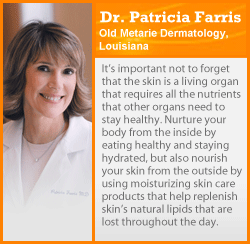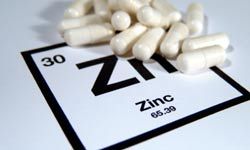With about 2 square yards (1.7 meters squared) of exposed skin to care for, it makes sense that many people's medicine cabinets are crammed with skin-care products [source: iVillage]. But for most of us, using more than two or three of those products on a daily basis is unnecessary -- and may even be doing more harm than good.
The exposed layer of skin we're slathering with lotions, creams, toners, scrubs and cleansers is called the epidermis -- it's the outermost of the three layers of skin. The epidermis is the most vulnerable to environmental damage, typically UV light that can leave it discolored and old-looking; and skin in general undergoes an aging process that can leave it looking dull, wrinkled and dry. Enter the hundreds of "scientific" skin-care products on store shelves -- some costing upward of $100 an ounce -- intended to clear, plump, de-wrinkle, brighten and just generally beautify all different skin types.
Advertisement
In reality, it's not rocket science. Skin only needs a handful of simple, inexpensive "treatments" to get and stay healthy -- and healthy-looking. And many of those treatments are the same ones the rest of your body needs to operate at its optimum level. Adding additional, expert-recommended products into a skin-care routine isn't necessarily a bad thing, and can in some cases be quite beneficial; but for most people, effective skin care is actually a pretty simple process.
For more information about skin regimens, read Skin Regimens: Fast Facts.
In this article, we'll find out what everybody's skin needs every day, why those elements are so important, where you'll find them, and which supposed "necessities" might really be harming your complexion.
The first daily must is the most obvious: Healthy skin has to be clean.



